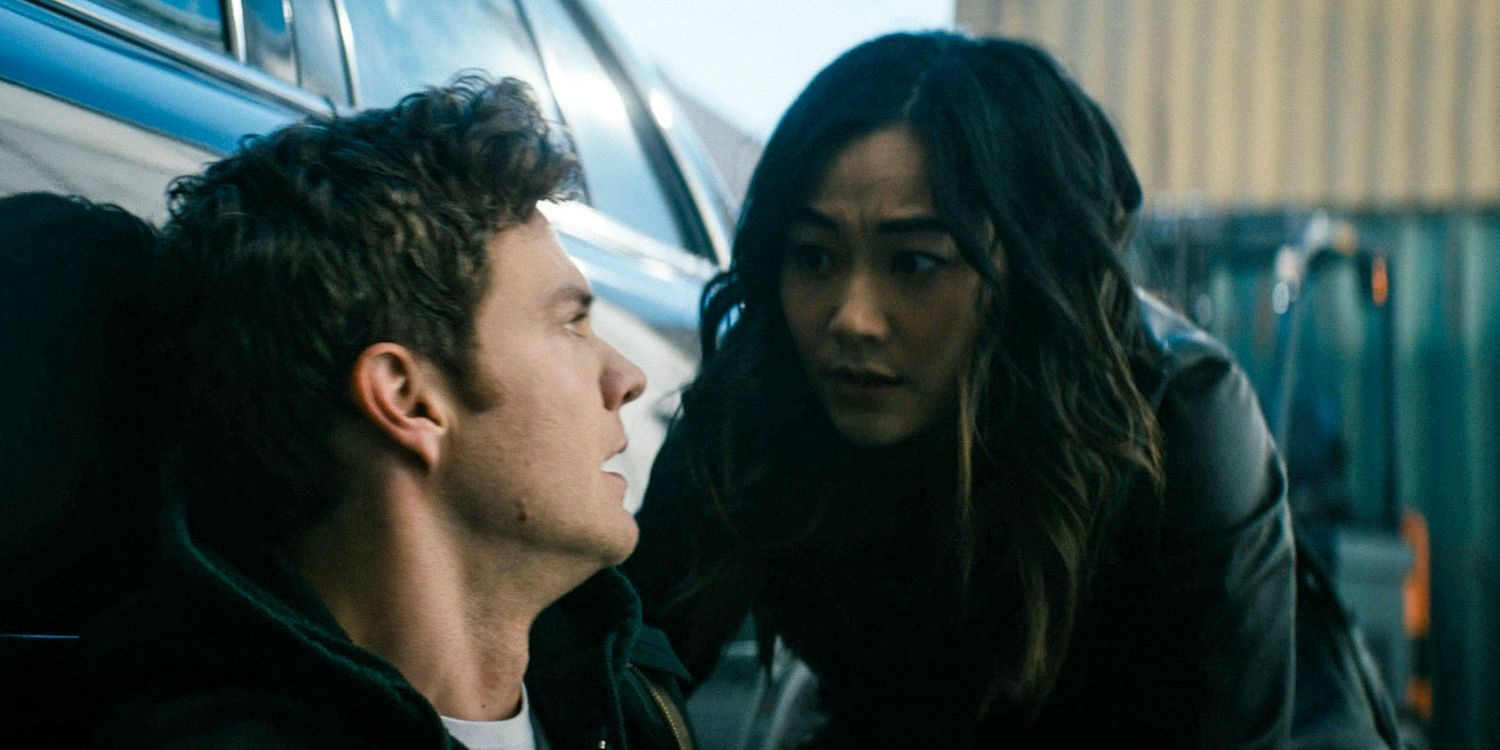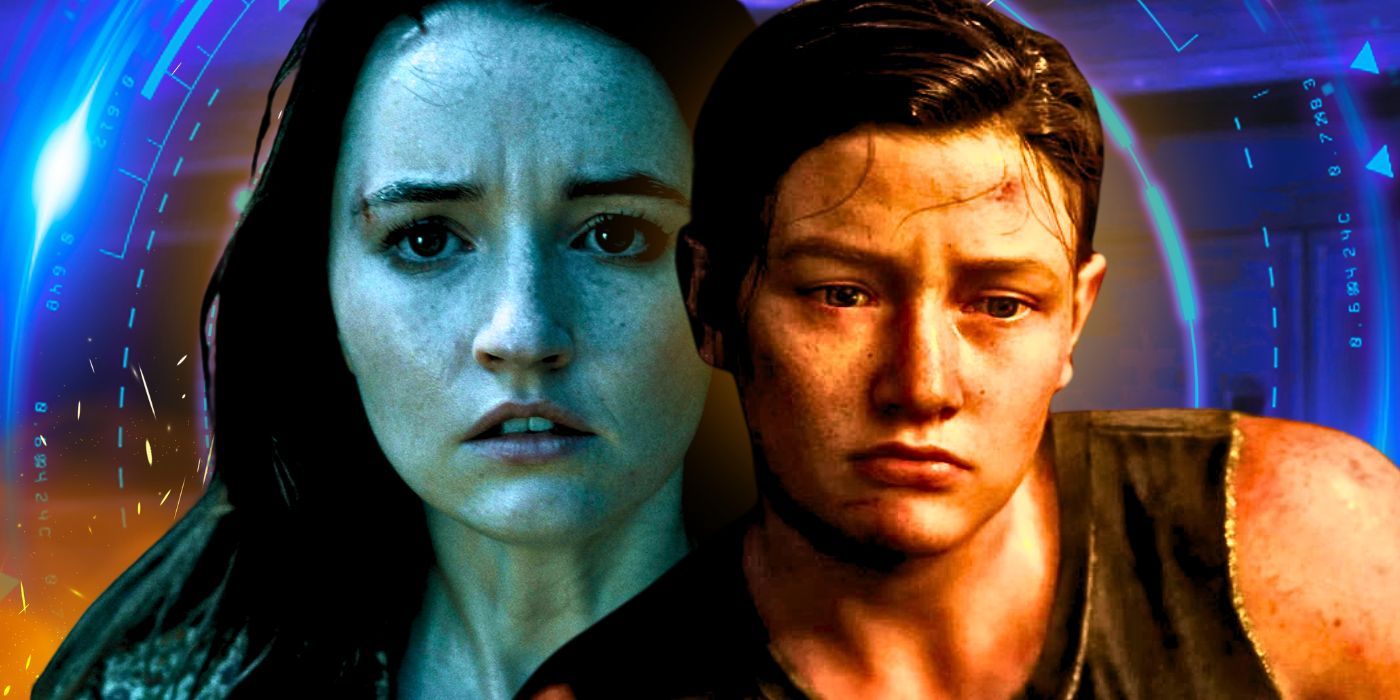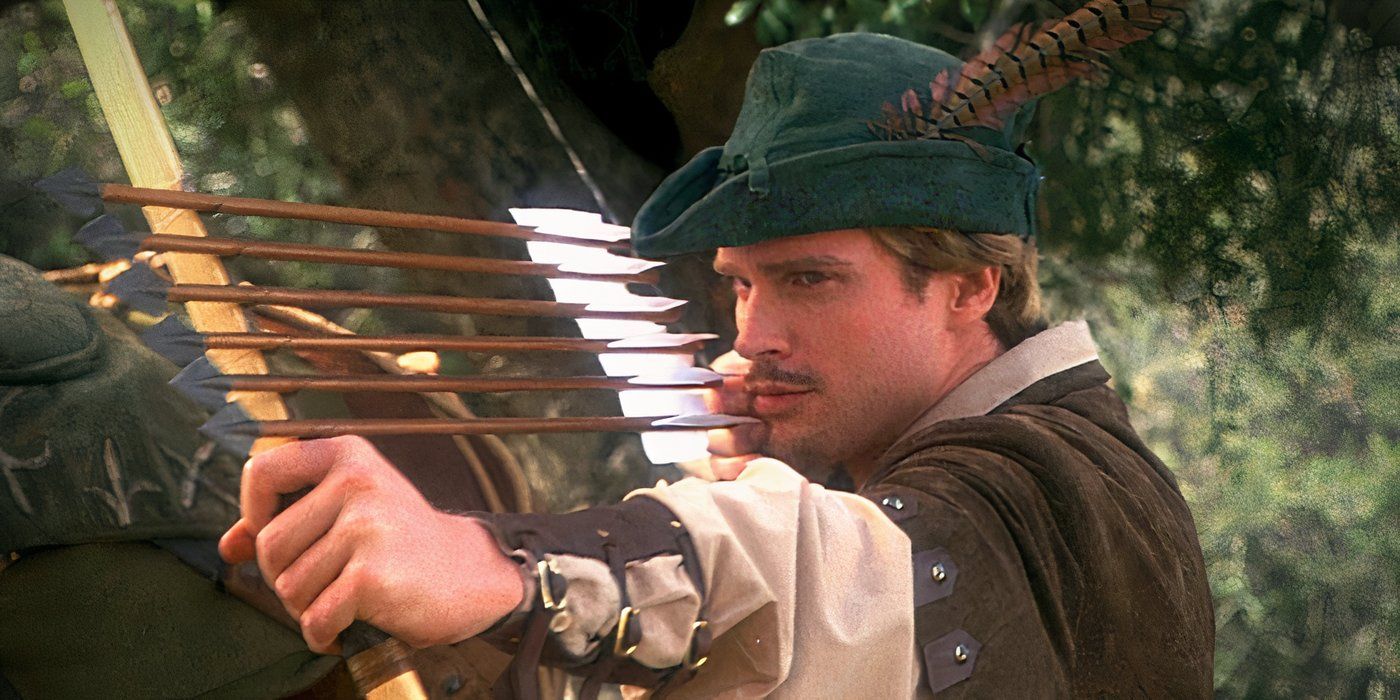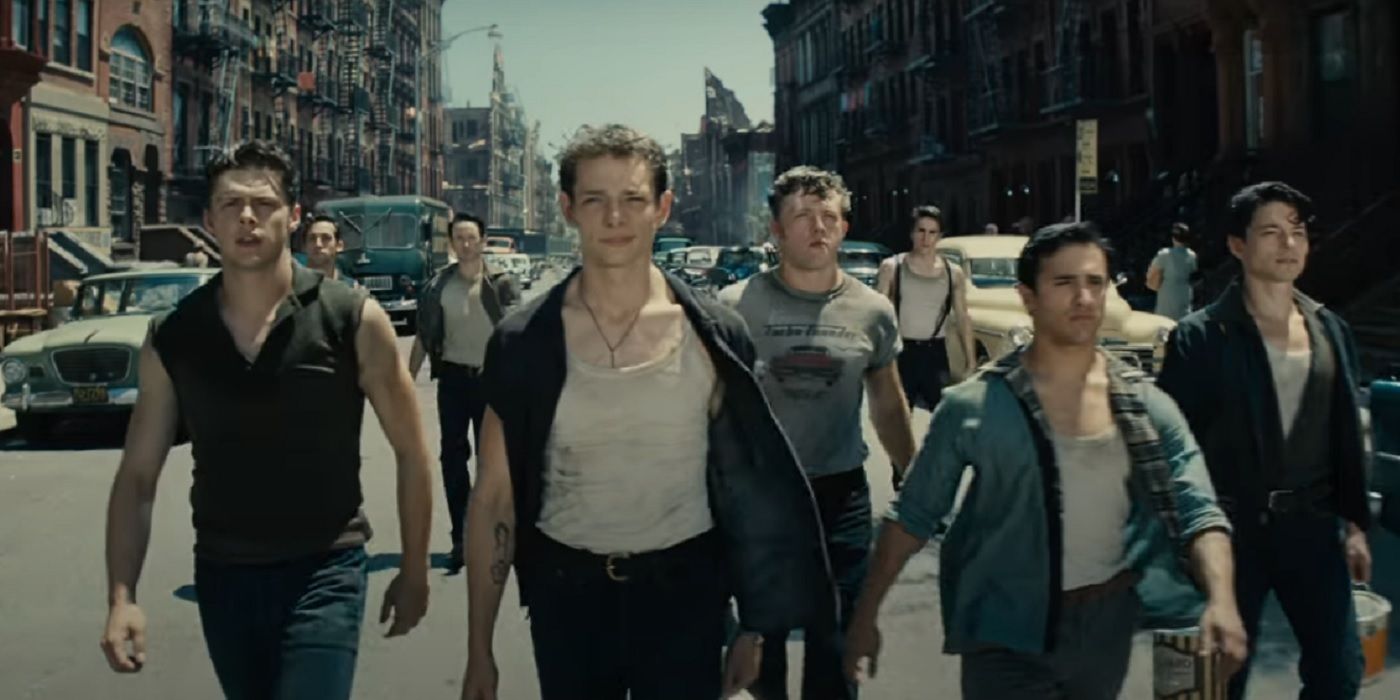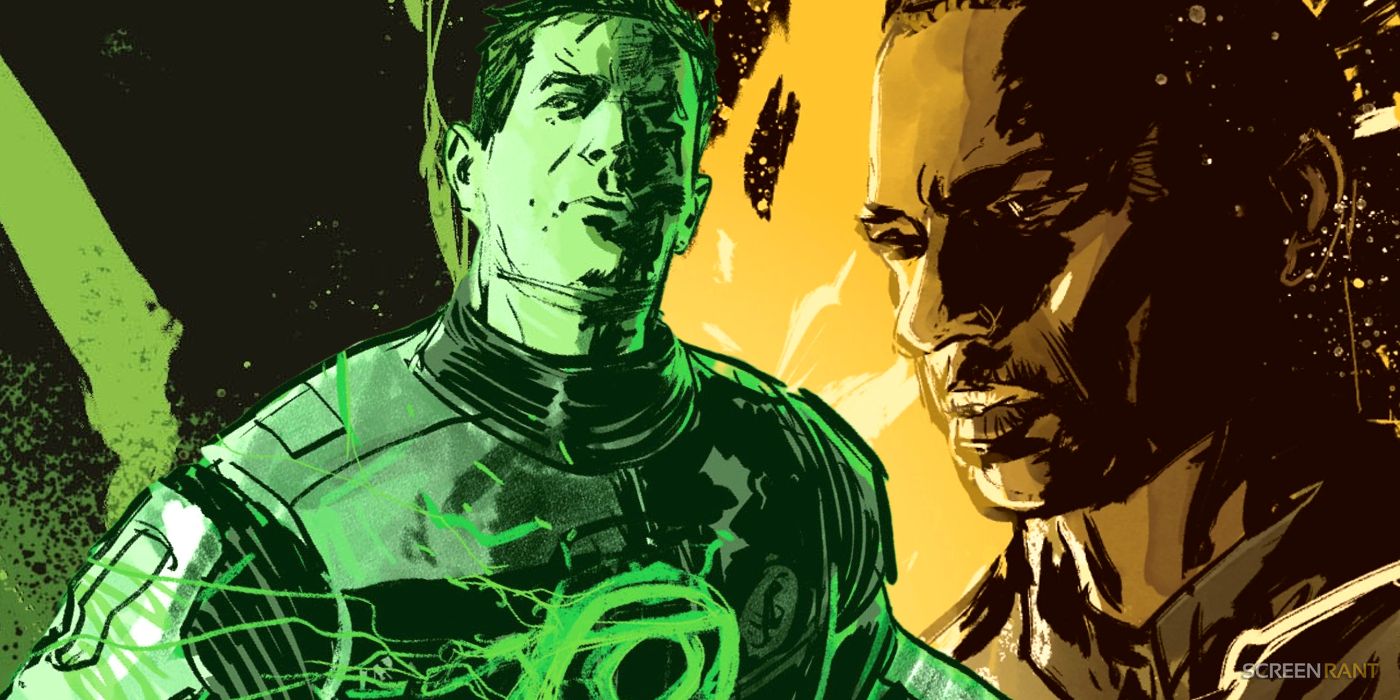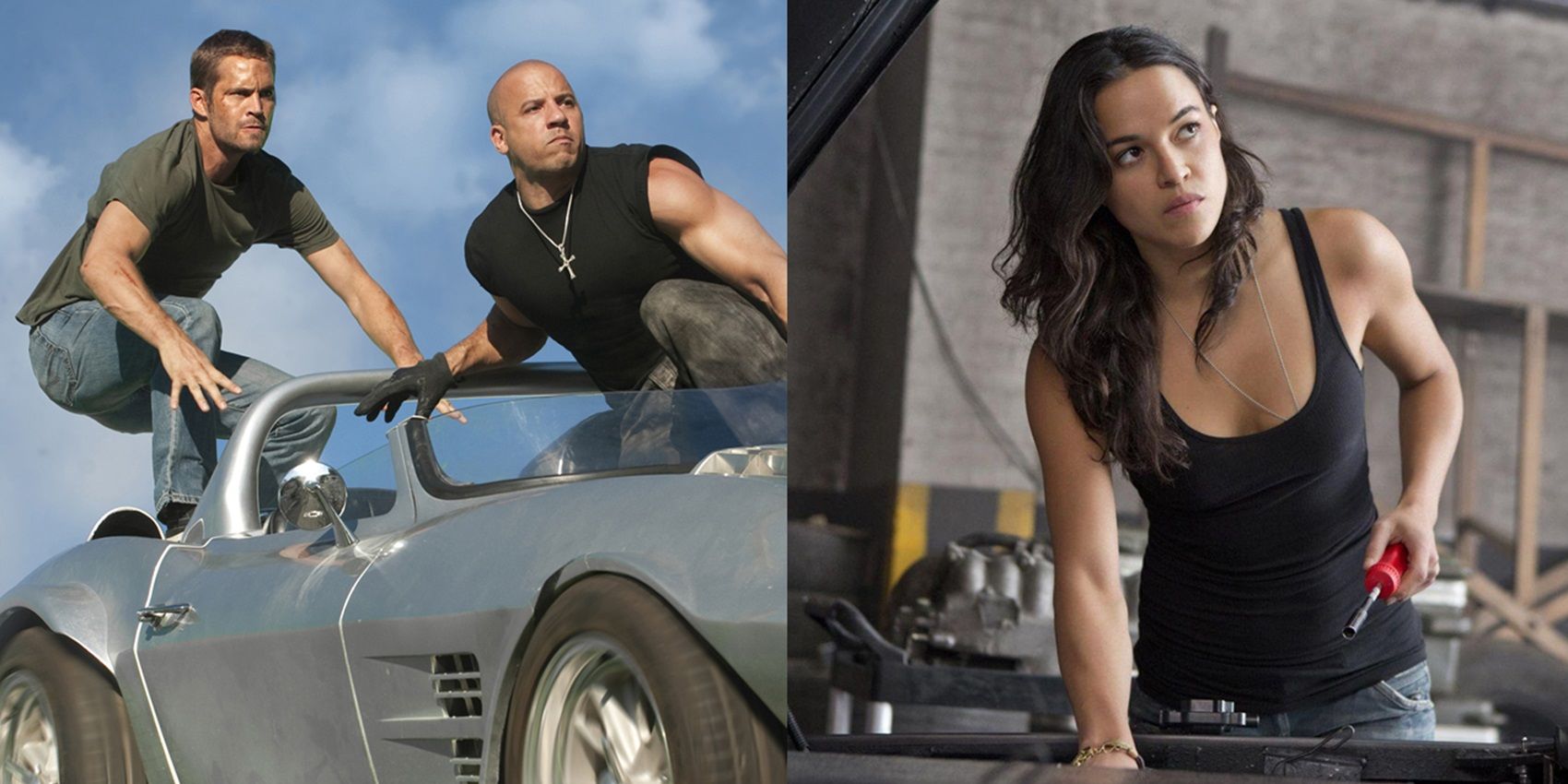The thriller is among the most challenging cinematic genres. An effective one can shock, scare or even confuse its audience. Indeed, while some thrillers want simply to leave viewers’ hearts pounding, sometimes a thriller aims to subvert the audience’s expectations and leave them scratching their heads.
Recent thrillers such as Jordan Peele’s Nope prove the genre is thriving, but it also proves that viewers need to pay close attention lest they misunderstand a film. These thrillers can be confusing thanks to their twisty turns and unexpected revelations, but they are all worth the extra effort it takes to follow them.
Les Diaboliques (1955)
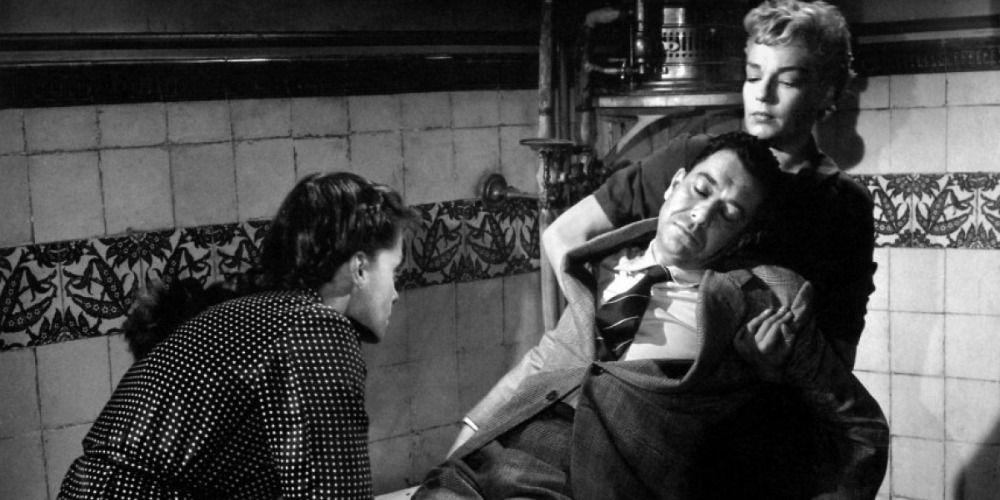
A classic of French horror, Les Diaboliques follows a woman who conspired with her husband’s mistress to kill him. Blending elements of the thriller and horror genres, the film builds up to an iconic crescendo, delivering one of the most memorable scenes in any genre.
Although the film plays with audiences’ perceptions to deliver its ultimately satisfying twist, the film’s final scene puts everything into question again. The thriller genre is famous for its open and, at times, outright confusing endings, and Les Diaboliques is the perfect example. Whether it’s the start of a true haunting or a case of the scammers becoming the scammed, the ending of Les Diaboliques will leave fans confused and certainly scared.
American Psycho (2000)
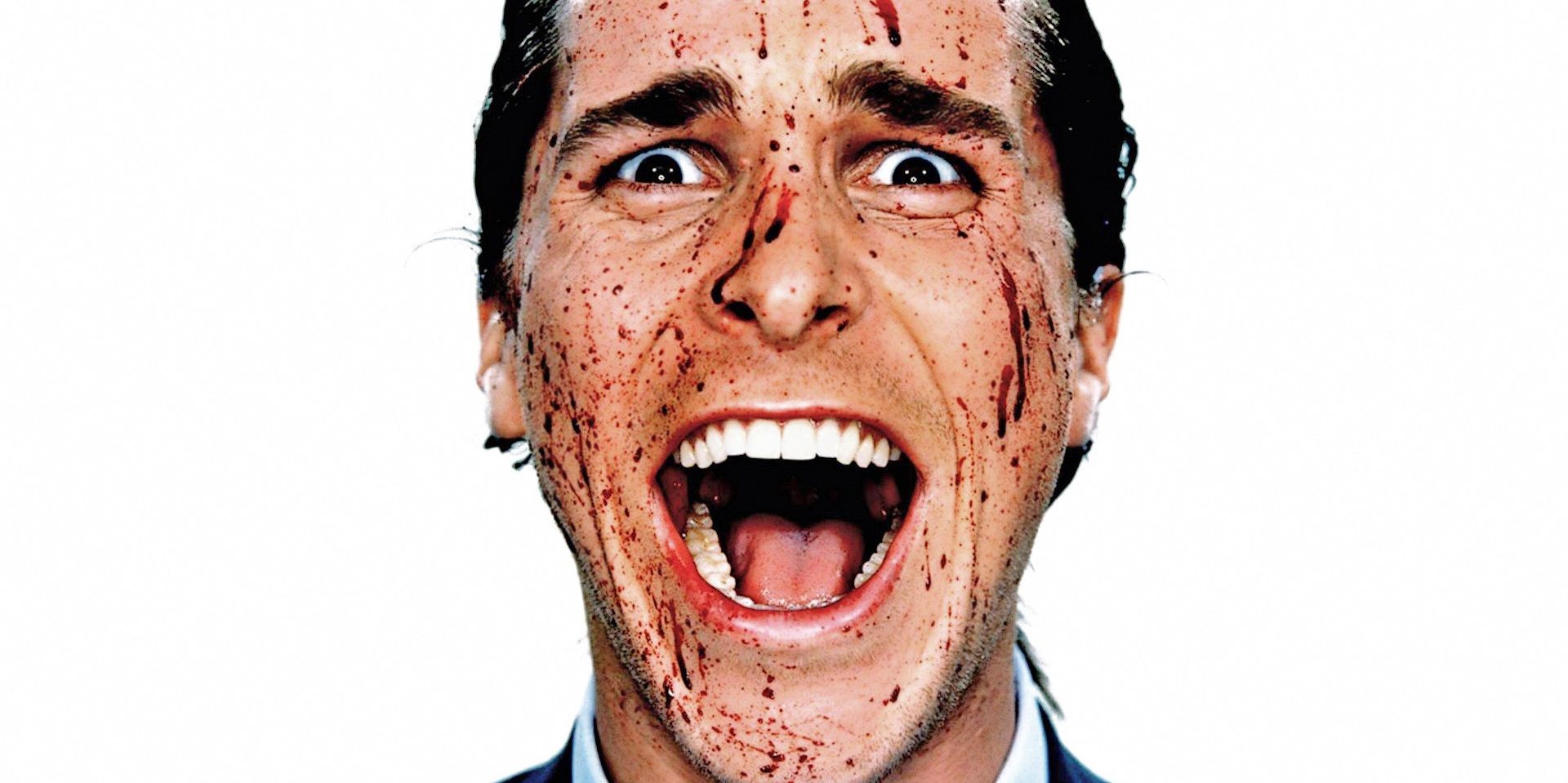
American Psycho is famous for featuring one of the weirdest endings of any mainstream movie. The plot follows Patrick Bateman, a hedonistic and cruel yuppie whose murderous instincts take hold of his seemingly idyllic life.
The film’s third act descends into gruesome brutality, enhanced by Bale’s utterly deranged performance. Viewers see Patrick commit increasingly reckless murders, seemingly painting himself into a corner. Yet the film ends on an ambiguous note that puts Patrick’s actions and sanity into question. It’s a brilliant conclusion that cements Patrick as an unreliable narrator and strengthens the film’s themes of indulgence, consequence, privilege and morality.
Zodiac (2007)
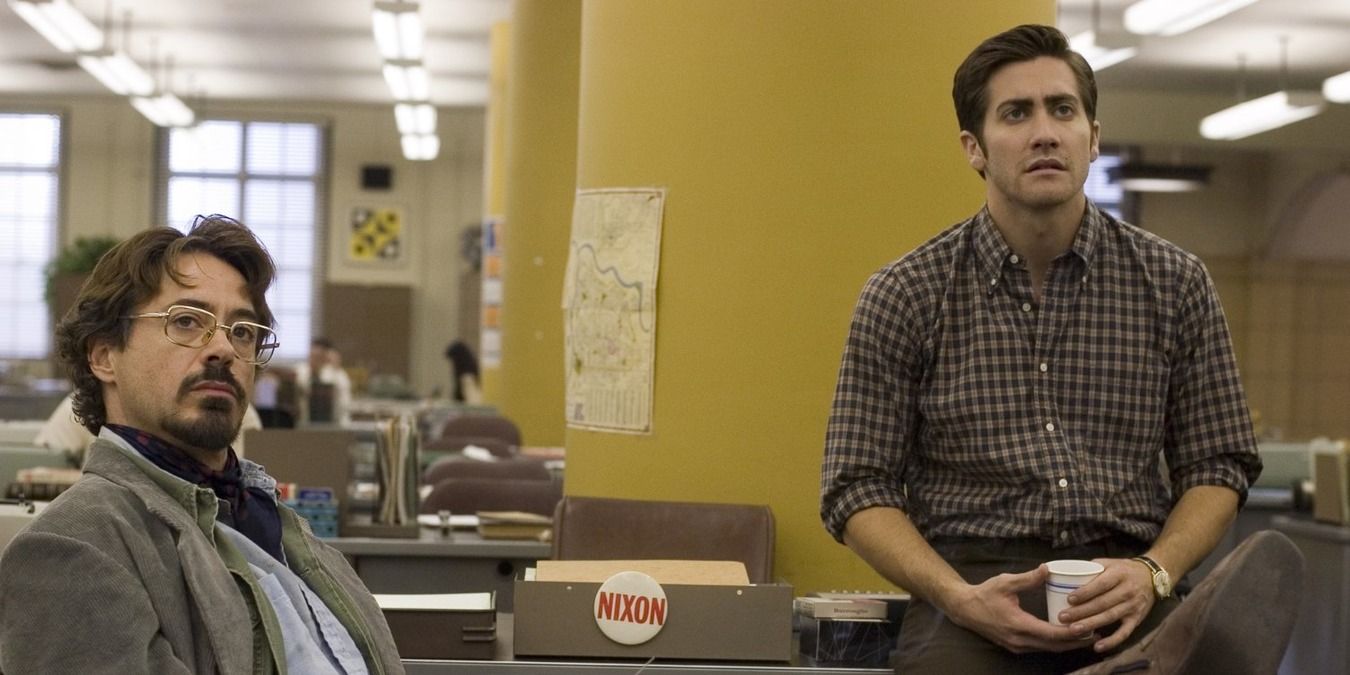
David Fincher’s masterpiece of suspense remains arguably his best film to date. Starring Jake Gyllenhaal and Mark Ruffalo, Zodiac depicts the manhunt for the infamous Zodiac killer, centering on cartoonist turned amateur sleuth Robert Graysmith and his decades-long investigation.
Although Zodiac follows a relatively straightforward narrative, showcasing Graysmith’s obsession and the case’s intense nature, its confusing nature relies on the real-life situation. The Zodiac case remains open, and while the film provides a compelling theory of who the perpetrator might be, it’s unable to provide a straight answer.
The Killing Of A Sacred Deer (2017)
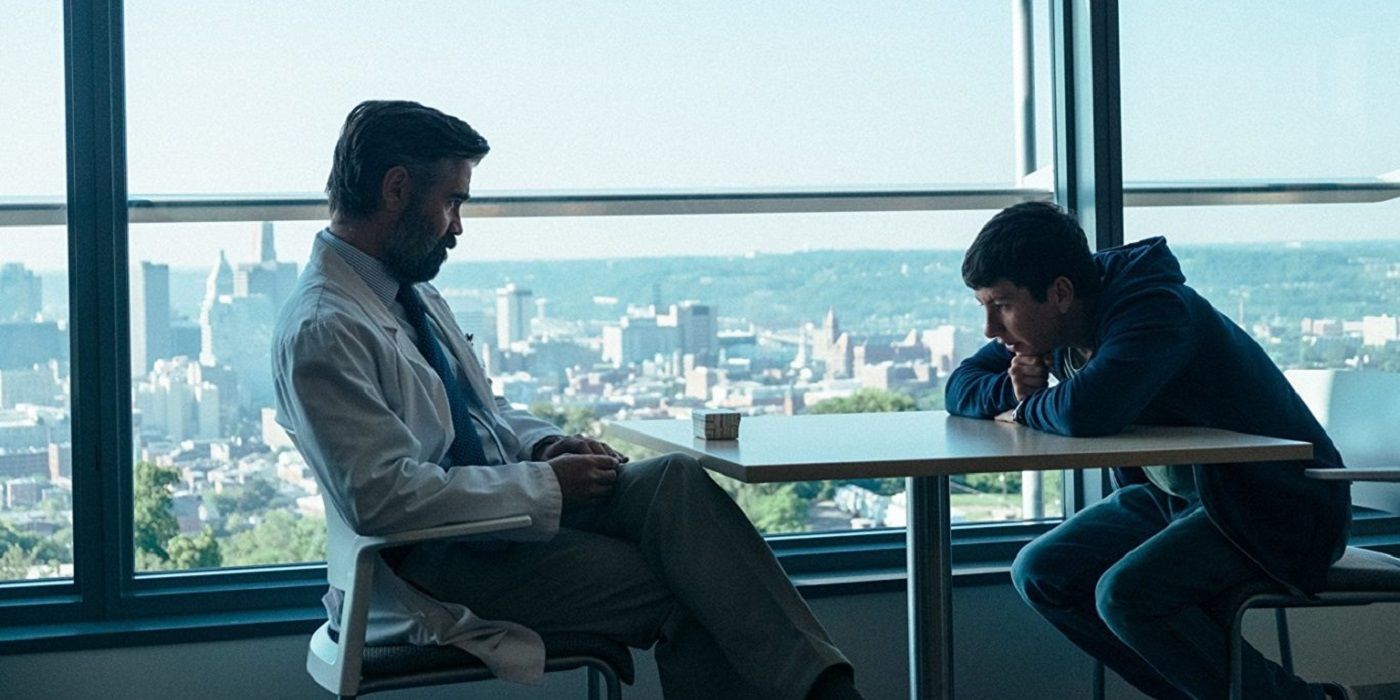
Yorgos Lanthimos made a name for himself thanks to his direct approach that pulls no punches. His films aren’t exactly pleasant viewing, but they are certainly rewarding. The Killing of a Sacred Deer stars Colin Farrell as a cardiac surgeon whose family begins falling ill following the arrival of a mysterious young man, played by Barry Keoghan.
Highly symbolic and undeniably unsettling, The Killing of a Sacred Deer doesn’t provide any straight answer. The film will leave audiences wondering if there was any truth to the events in the film or if it all was a psychological play on the characters’ minds. Perhaps there’s some truth to both scenarios.
Memento (2000)
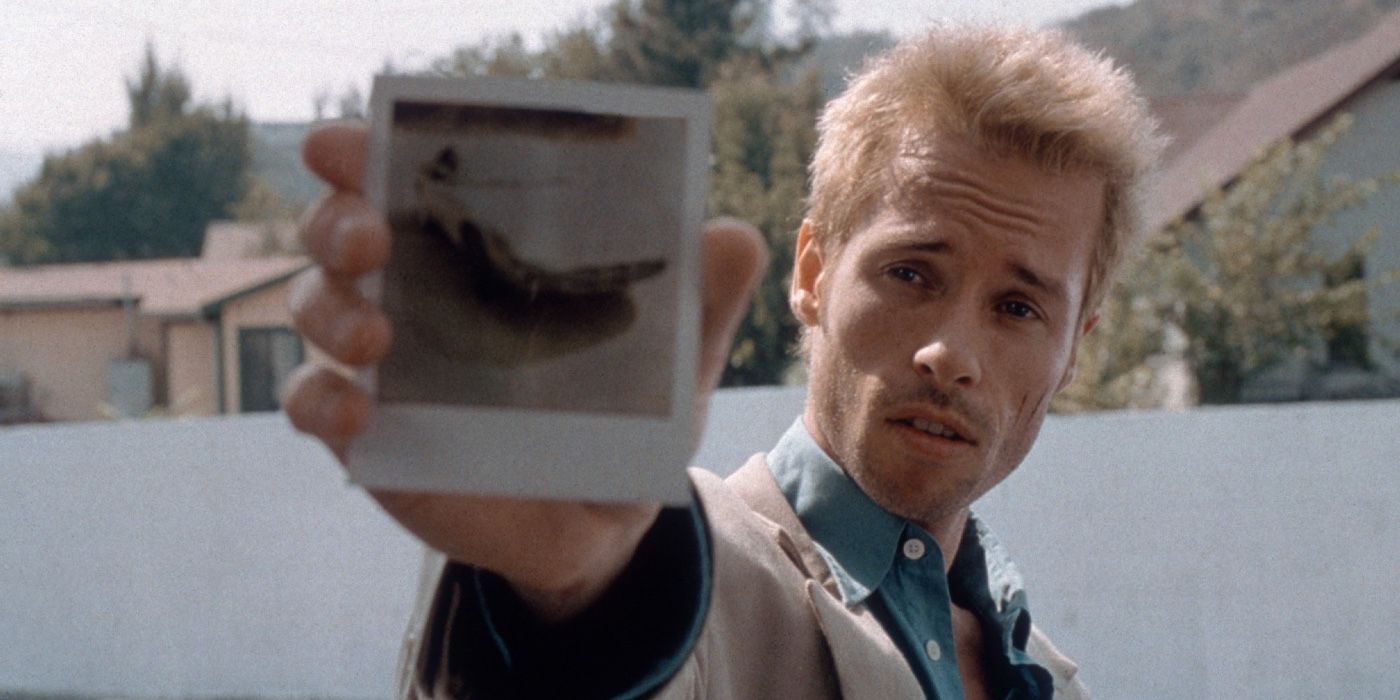
Christopher Nolan’s thrilling classic Memento launched his career in Hollywood. Starring Guy Pearce, Carrie-Anne Moss and Joe Pantoliano, the film follows Leonard Shelby, a man suffering from anterograde amnesia, as he searches for the men who killed his wife.
Anchored by one of Pearce’s best performances, Memento uses its nonlinear narrative to enhance the film’s themes of doubt and identity. This leads to a confusing narrative that requires audiences to pay close attention, placing themselves in Leonard’s shoes and often feeling as lost as him.
Take Shelter (2011)
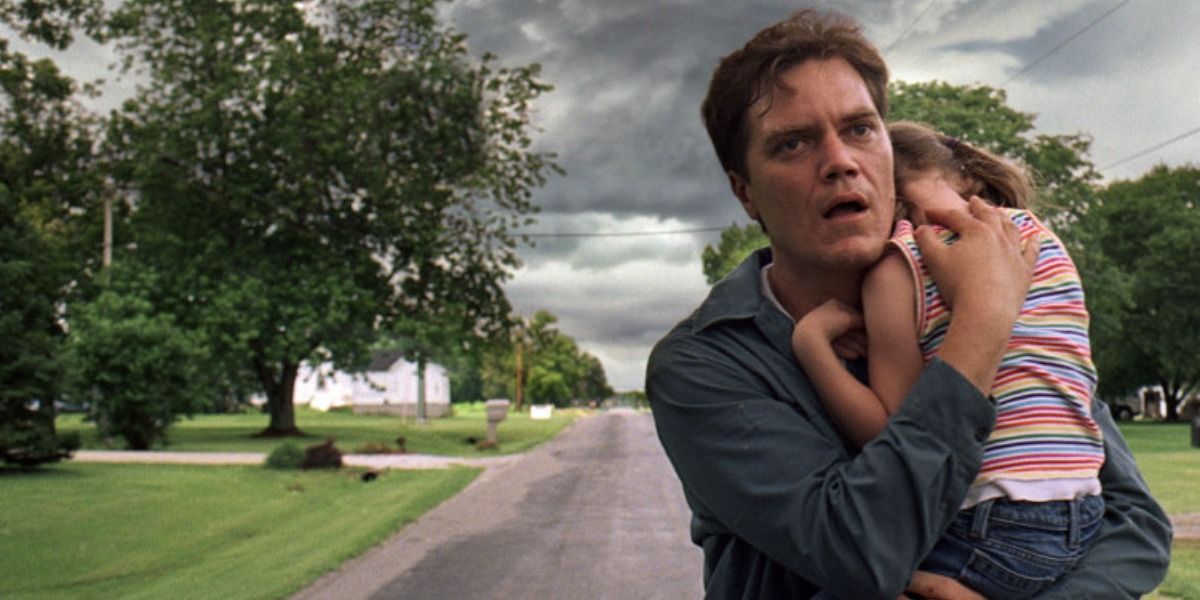
Michael Shannon gives a career-best performance in Take Shelter. The two-time Oscar nominee plays Curtis, a husband and father who becomes obsessed with building a shelter after having seemingly prophetic dreams about an upcoming and potentially catastrophic storm.
Take Shelter is a character study that rests squarely on Shannon’s shoulders. Its plot follows a classic man-against-the-world structure. However, the ending will leave fans wondering if there was any truth to Curtis’ claims or if, like him, they have fallen victim to their own devices.
Enemy (2013)
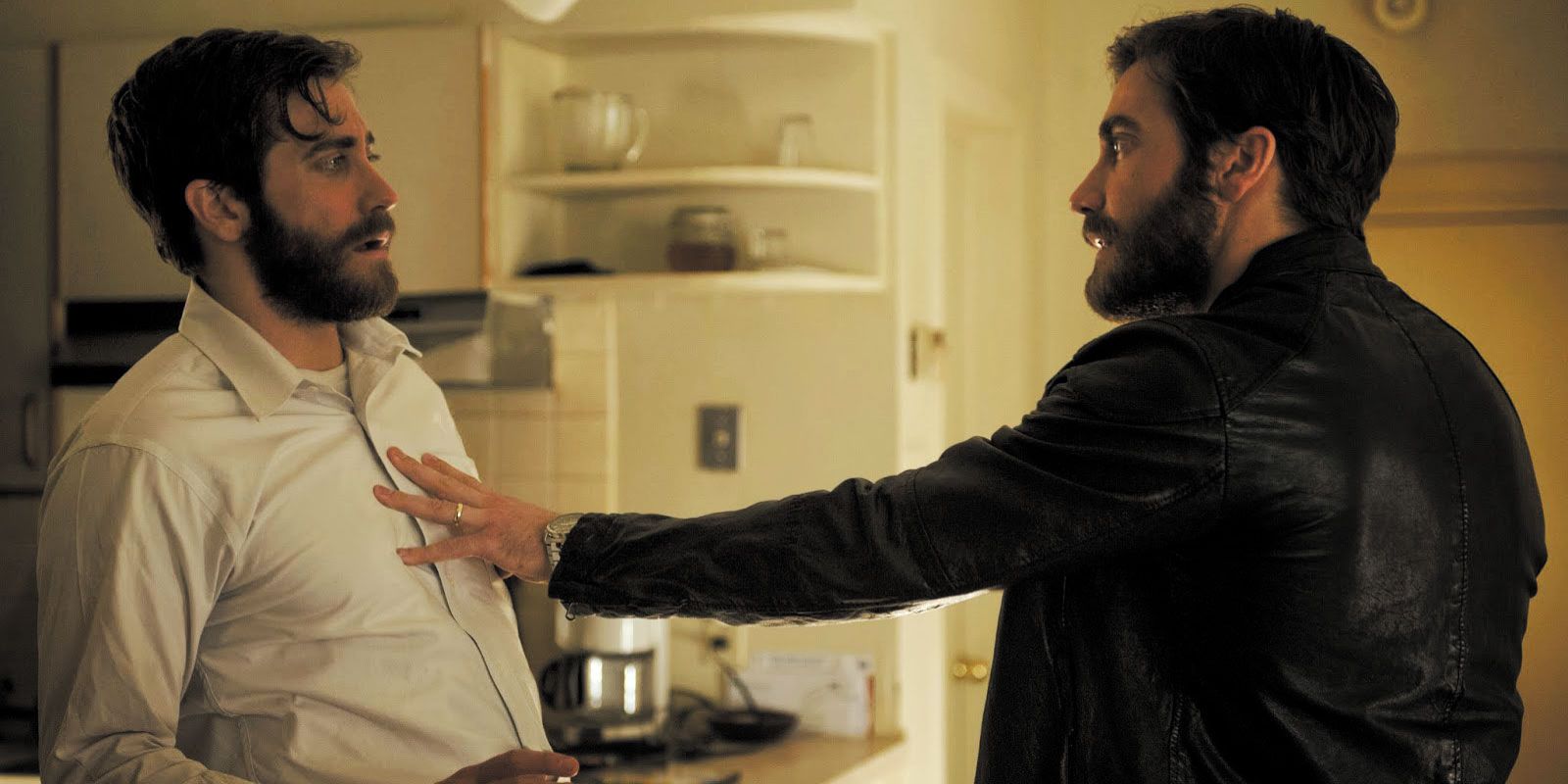
Denis Villeneuve has built an impressive and critically acclaimed filmography. From acclaimed sci-fi blockbusters to thought-provoking thrillers, Villeneuve is one of the most respected directors working in Hollywood. His 2013 thriller, Enemy, showcases his strength as a storyteller while cementing him as one of cinema’s most challenging directors.
Enemy is a study of the subconscious. Tense and atmospheric, the film features a memorable final scene that will leave viewers questioning everything. Jake Gyllenhaal delivers a strong performance, enhancing the film’s themes while cementing himself as one of the most daring actors of his generation.
mother! (2017)
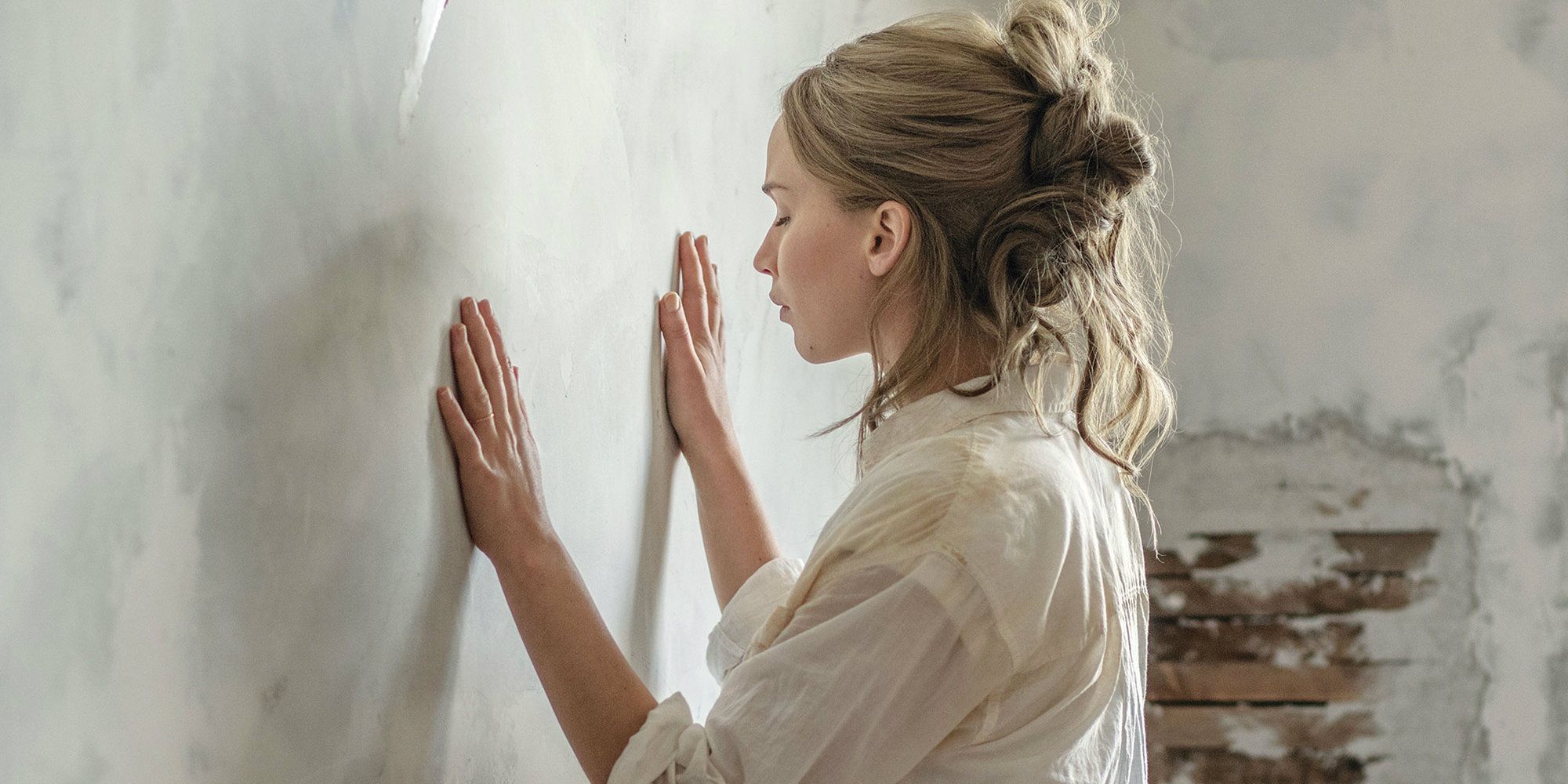
Darren Aronofsky is a controversial filmmaker. His style is balls-to-the-wall, rejecting subtlety in favor of a straightforward approach that’s often too much to bear. His films are uncomfortable to sit through, featuring intense and unforgiving imagery, but he truly upped the ante with 2017’s mother!
Starring Jennifer Lawrence, Javier Bardem, and Michelle Pfeiffer, mother! is almost entirely metaphorical. The film has many interpretations. To some, it’s a Biblical allegory. To others, a condemnation of the male ego. The truth is up to the viewers, but the film’s challenging nature will leave many confused and disturbed.
Donnie Darko (2001)
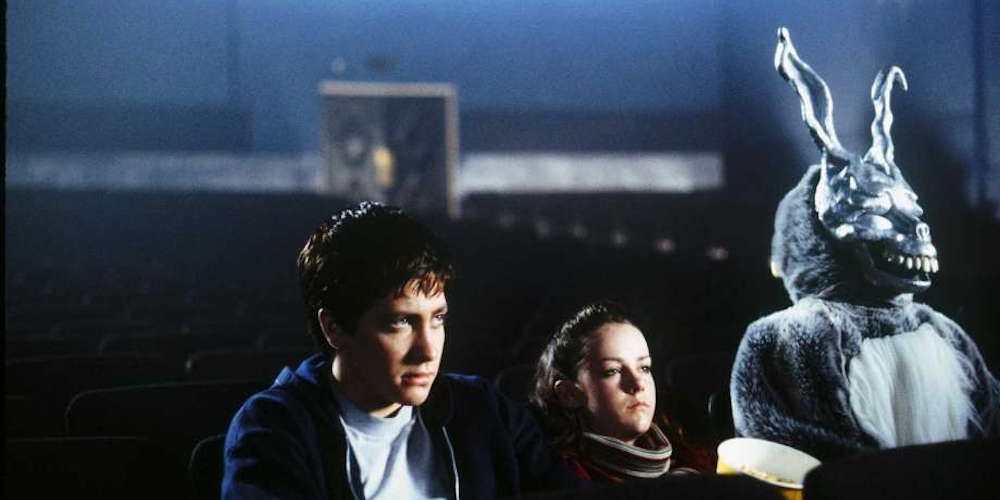
Jake Gyllenhaal’s breakthrough role sees him take on the title role of Donnie Darko, an awkward and emotionally troubled teenager living in 1980s America. After escaping a life-threatening accident, he begins dreaming about a man in a bunny suit who warns him about the imminent end of the world.
Donnie Darko can be frustrating to the point where many viewers claim the movie doesn’t make sense. The director’s cut does considerable work to bridge the narrative gaps, but in its original form, Donnie Darko seems to pose questions it never intends to answer.
The Lighthouse (2019)
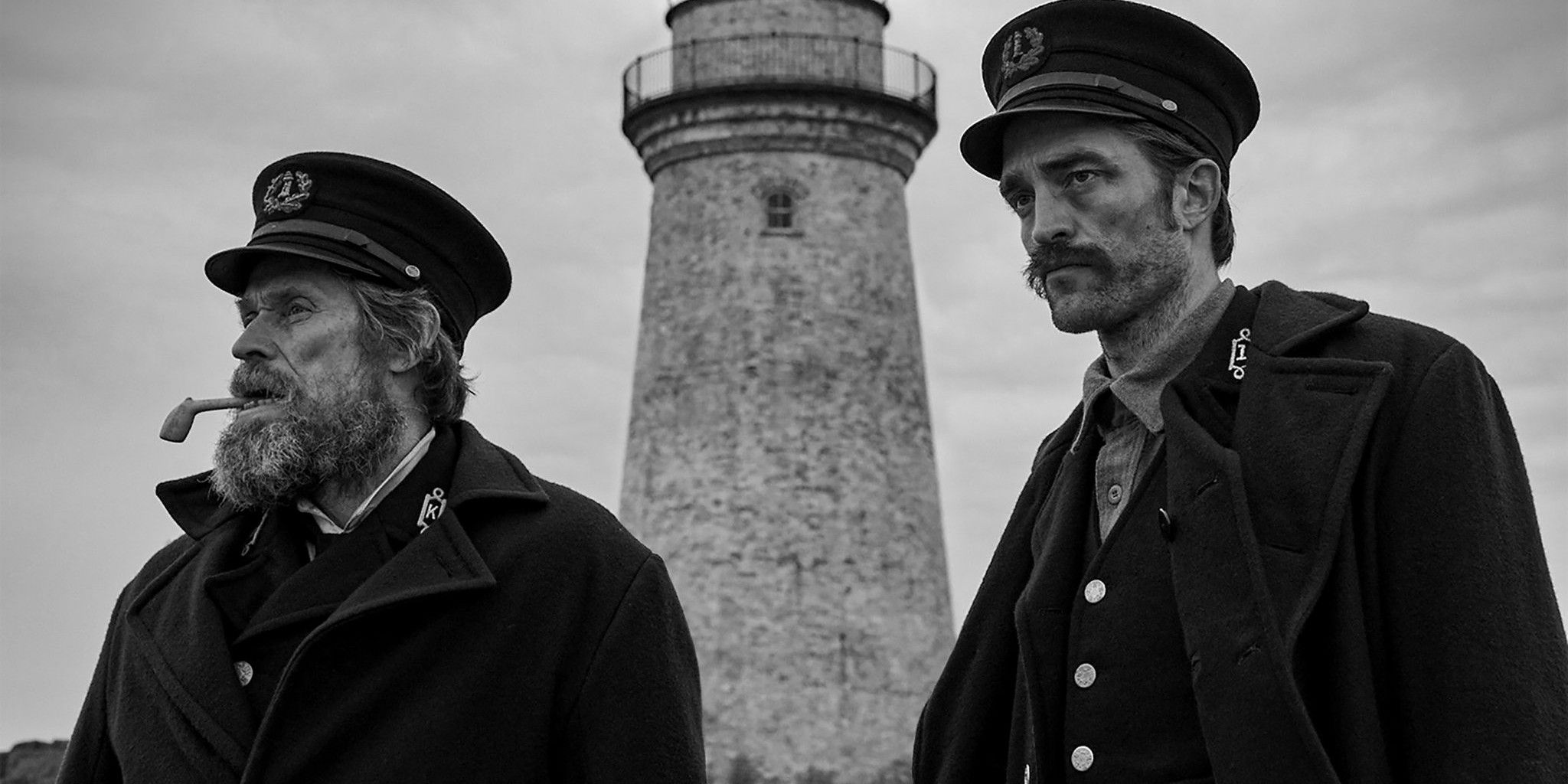
Robert Pattinson and Willem Dafoe star in Robert Eggers’ The Lighthouse. The film follows two lighthouse keepers whose contentious dynamic worsens after becoming trapped in close quarters during a heavy and prolonged storm.
Not fitting into any one genre, The Lighthouse features a confusing and often metaphorical narrative that many will find frustrating. It refuses to provide straight answers. If anything, it poses more questions with each scene. The Lighthouse juggles multiple themes, blending them to deliver a story that’s anything but straightforward.
